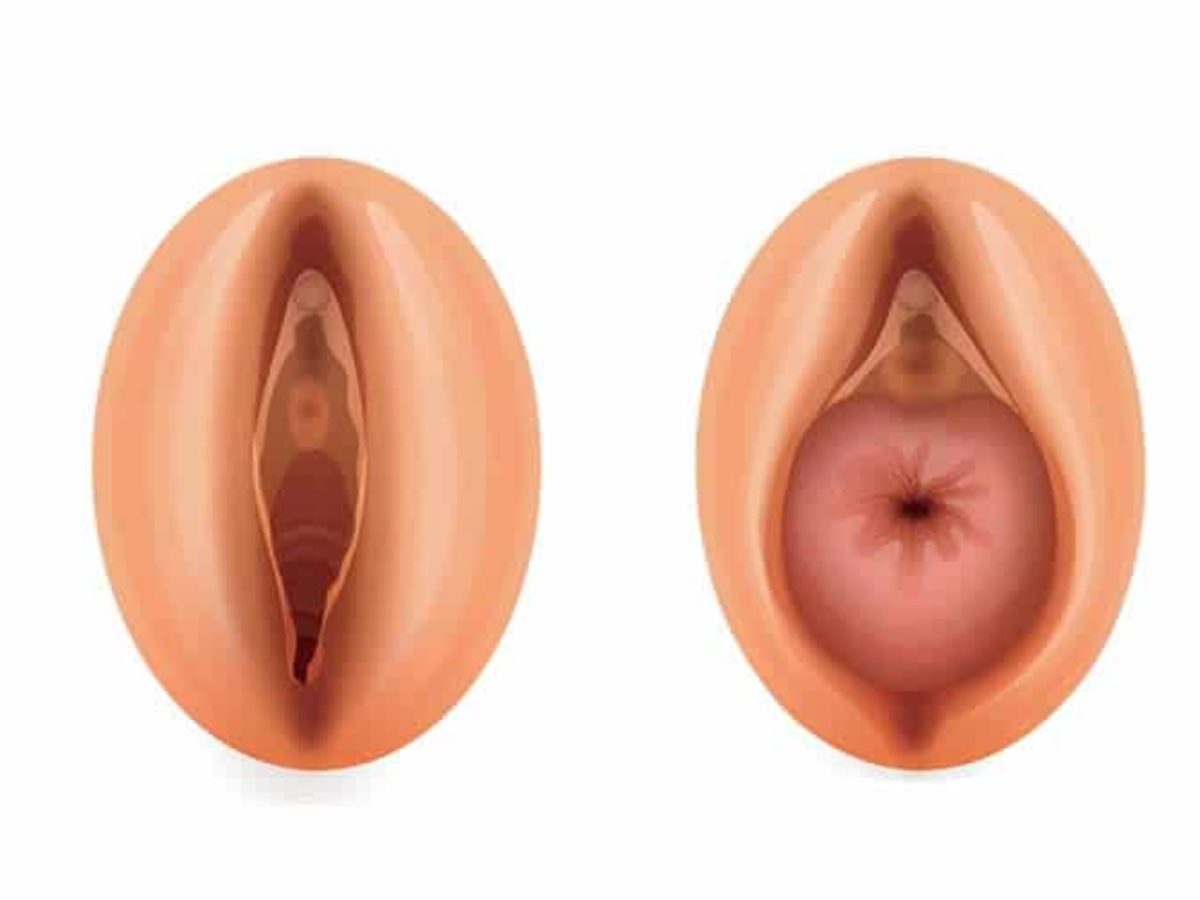Uterine Prolapse
The uterus, defined as the uterus in medicine, is 5 to 6 cm in women who have not given birth. In women giving birth, it is 6 to 7 cm in size. The uterus, which is located inside the pelvis, behind the urinary bladder, in front of the intestines and opens to the vagina, is one of the organs with limited mobility in the body.
Due to different reasons such as advanced age or the number of births, the uterus cannot receive adequate support due to the weakening of the pelvic muscles and connective tissues called ligaments. It slides down. In this case, which is called uterine prolapse, the uterus slides down due to the inability of the muscle and connective tissues to adequately support the uterus.
In advanced cases, the uterus may extend beyond the vagina. Although mild prolapse does not require treatment, severe uterine prolapse should be treated as it reduces the quality of life of the person. Symptoms of uterine prolapse include a feeling of heaviness or pulling in the pelvis, urinary incontinence, pain in the lower back, and the appearance of tissue from the vagina. After the examinations and tests, appropriate treatment is arranged.
What Are The Symptoms?
Depending on the severity of uterine prolapse, the complaints may be in the form of mild pain or may affect the quality of life of the person. A small amount of prolapse of the uterus usually does not cause any symptoms.
However, some patients complain of a low back pain that starts in the morning with mild intensity and increases as the hour progresses. In some cases, complaints such as a feeling of heaviness in the lower abdomen or a feeling of being pulled down may also be seen.
The symptoms of uterine prolapse can be listed as follows:
- Inability to urinate
- Urinary incontinence
- Problems in bowel movements
- Pain in the lower back
- Vaginal bleeding
- Increase in the amount of vaginal discharge
- Pain during sexual intercourse
- Feeling as if something is going to come out of the vagina
- Tissue protrusion from the vagina
What Are The Causes
- Aging
- Decrease in the amount of estrogen after menopause
- Having given birth many times
- Multiple pregnancy
- Having given birth to a large baby
- Previous pelvis operations
- Having genetically weak connective tissue
- Overweight or obesity
- Chronic cough
- Chronic constipation
What Happens If It Is Not Treated?
Mild uterine prolapses do not require treatment. However, if the uterus protrudes out of the vagina, it can cause some health problems. In such cases, the uterus is at a level that can touch the underwear. This can lead to ulcer formation. A prolapsed uterus may mean that other pelvic organs may also be prolapsed. In the presence of cystocele, known as prolapse of the bladder, swelling occurs in the anterior wall of the vagina. Urination becomes difficult and urinary tract infection recurs frequently. The weakening of the connective tissue on the rectum leads to deterioration of bowel movements and changes in defecation habits. Therefore, it is extremely important to evaluate the treatment option together with the physician in the presence of uterine prolapse.
How Is It Diagnosed?
The diagnosis of uterine prolapse can be made during routine controls. In some cases, findings alone are sufficient for diagnosis. However, most people with uterine prolapse are aware of this situation. The presence of one or more of the symptoms of uterine prolapse causes the physician to think of uterine prolapse.
The physician first listens to the patient’s history and then performs a pelvic examination. During the examination, the physician asks the patient to strain to understand how much the uterus has protruded into the vagina. To monitor the condition of her pelvic muscles, she asks her to contract her muscles as if she is holding her urine. In addition, the physician may conduct a small survey to see how much the complaints related to uterine prolapse reduce the person’s quality of life. As a result of the evaluations, the diagnosis of uterine prolapse is made. The treatment method is determined according to the current severity of uterine prolapse.
How Is It Treated?
Mild uterine prolapses usually do not require treatment. However, as sagging may progress, physician follow-up may be required.
In such cases, the physician may recommend exercises such as Kegel exercises to strengthen the pelvic muscles.
Besides these;
- Not Lifting Heavy
- Chronic Cough
- Constipation
You can also make suggestions such as:
However, different treatment options are applied in severe uterine prolapse that requires treatment.
Another factor that determines the type of treatment for uterine prolapse depends on whether the person will become pregnant or not. If the person wants to have a child, a vaginal ring or, in other words, a vaginal pessary can be used.
After determining the appropriate pessary size according to the size of the uterus, the physician informs the person in detail about how to use the ring.
The vaginal ring, which can be used safely during sexual intercourse, supports the uterus and prevents it from hanging down.
Another treatment method is the surgical operation known as uterine prolapse surgery among the people.
At this point, depending on the severity of the disease, two different options may be offered to the person:
-
Option:
For the repair of pelvic tissues, weakened tissues are replaced with synthetic tissue or tissue taken from a different part of the person.
-
Option:
It is a hysterectomy applied in severe uterine prolapse. Hysterectomy, which can be performed with open or laparoscopic surgery, is the complete removal of the uterus.
The determining factors in all these treatment options are the patient’s complaints, the severity of uterine prolapse, and whether the person is considering pregnancy. In the light of all this information, the physician decides together with the patient which treatment approach is appropriate for him.
Approximately 50% of women who have given birth over the age of 30 have some uterine prolapse.
However, only 20% of these cases are at a level to cause complaints. If you have a complaint about uterine prolapse, you can apply to the nearest health institution and be examined.






